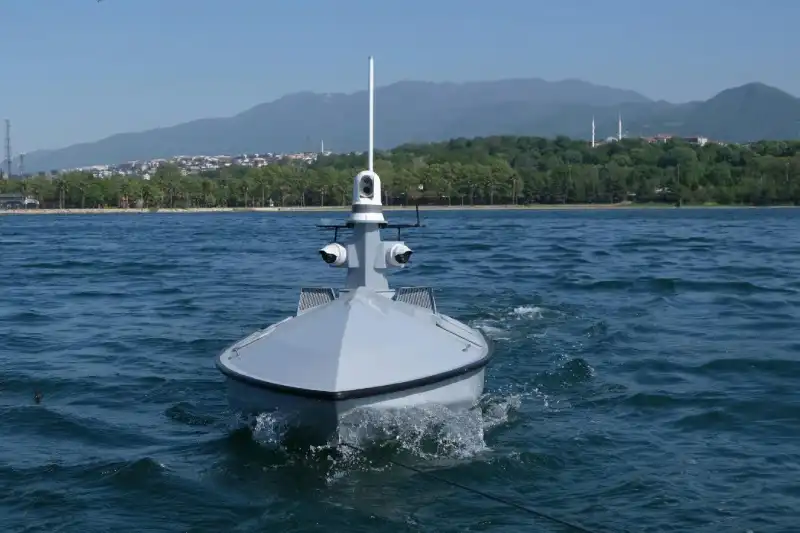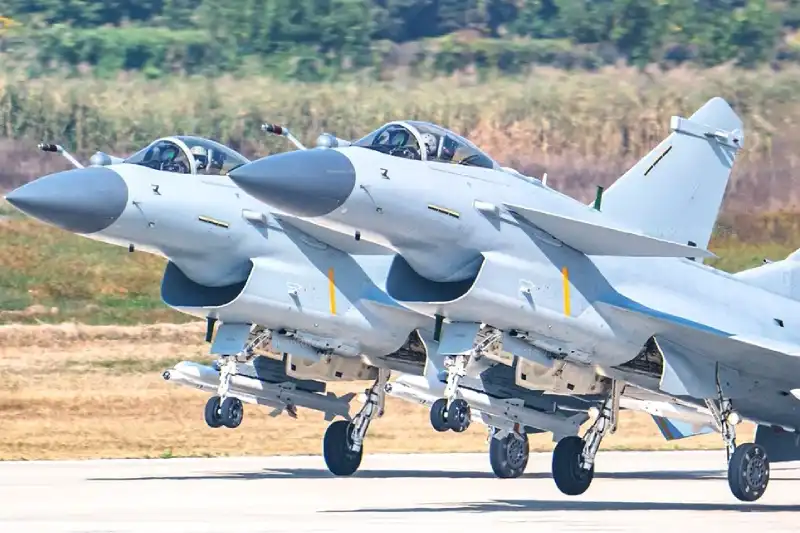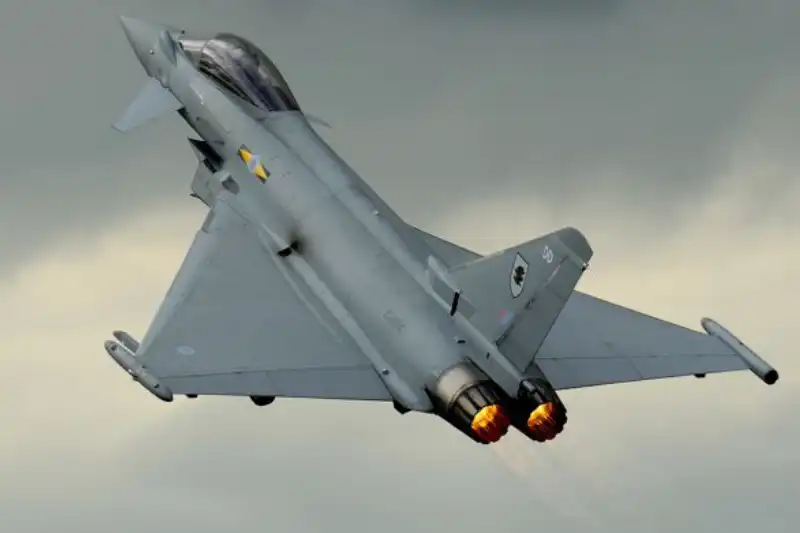Do India need aircraft carrier?
India’s aircraft carrier program is a critical part of its naval doctrine, particularly for blue-water capabilities. However, it has long been the subject of intense debate among strategic thinkers, military planners, and analysts. These debates revolve around doctrinal utility, strategic necessity, cost-effectiveness, and vulnerability. Here’s a comprehensive summary and analysis of these debates and how they played out during the recent India-Pakistan conflict:
Key Debates Around India’s Aircraft Carriers
1. Strategic Utility vs. Vulnerability
Proponents argue:
- Carriers serve as a mobile sovereign airbase, essential for power projection, maritime dominance, and rapid deployment in distant waters.¹
- They enable sea control and deterrence, especially in the Indian Ocean Region (IOR), where India seeks dominance.²
Critics argue:
- Carriers are vulnerable to modern anti-ship missiles, submarines, and drones.
- China’s growing anti-access/area-denial (A2/AD) capabilities make them potential “floating targets.”³
2. Cost-Effectiveness vs. Opportunity Cost
Proponents argue:
- Although expensive, carriers are versatile, projecting both hard and soft power.⁴
- Indigenous carrier development boosts India’s defense industry and technological base.⁵
Critics argue:
- The high costs could be better spent on submarines, UAVs, missile systems, and cyber capabilities.⁶
- Maintenance-intensive and require a full strike group for protection.⁷
3. Carrier vs. Submarine Debate
- Submarines, particularly nuclear-powered ones (SSNs), offer stealth and strike capabilities at lower risk and cost.⁸
- Some experts suggest India should prioritize undersea dominance over large surface assets like carriers.⁹
4. Doctrinal Clarity
- Critics argue India’s naval doctrine lacks clarity on how carriers would be used in wartime, especially against a nuclear-armed adversary.¹⁰
- There’s a gap between carrier capability and integrated joint operations among services.¹¹
Relevance During the Recent India-Pakistan Conflict
Contextual Summary
Assuming a recent India-Pakistan military standoff (similar in nature to Balakot 2019 or post-Pulwama tensions), the conflict likely had limited naval engagement and was predominantly air and land-based.¹²
Carrier Role in the Conflict
Visibility and Posturing:
- INS Vikramaditya (or Vikrant, if commissioned) may have been deployed for deterrence and signaling in the Arabian Sea.¹³
- Their presence likely demonstrated readiness and strategic depth.
Actual Combat Utility:
- Carriers had limited direct military utility in a short-duration, high-tempo conflict focused on air strikes and LOC tensions.¹⁴
- Pakistan’s limited naval threat and its coastal-focused maritime doctrine reduce the strategic need for carrier engagement.¹⁵
Strategic Symbolism Over Combat Use:
- The carriers served more as tools of strategic signaling than combat platforms.¹⁶
- Critics used this to argue that carriers are less relevant in short, localized conflicts with continental neighbors.¹⁷
Submarine Superiority Argument:
Given the potential role of submarines in blockades or covert deterrence, their utility may have seemed more relevant.¹⁸
Proponents’ Rebuttal:
- India must prepare for a range of scenarios, including potential Chinese involvement, IOR power projection, or multi-theater conflict where carriers remain valuable.¹⁹
- In long-duration maritime conflicts or humanitarian interventions, carriers offer unmatched flexibility.²⁰
Strategic Outlook
The recent India-Pakistan conflict has sharpened the divide in debates on aircraft carriers:
- Short-Term Relevance: Limited, especially in subcontinental, land-air focused engagements.
- Long-Term Necessity: Arguably strong, as India seeks to secure sea lanes, deter China, and project power in the Indo-Pacific.
A balanced force combining carriers, submarines, missile assets, and cyber-warfare capabilities is increasingly seen as essential. The carrier debate remains context-sensitive, shaped by the nature of India’s adversaries, geography, and evolving threats.
Also read: How Pakistan Linked Jets, Radars & AWACS in One Network
References
- James R. Holmes, “India’s Carrier Conundrum,” The Diplomat, June 2021.
- Abhijit Singh, “India’s Naval Power and the Indo-Pacific,” Observer Research Foundation, 2020.
- Rahul Roy-Chaudhury, “India’s Maritime Strategy,” IISS, 2022.
- Rajat Pandit, “INS Vikrant a Major Boost to India’s Maritime Power,” Times of India, September 2022.
- Saurav Jha, The Upside Down Book of Nuclear Power, HarperCollins India, 2021.
- Harsh V. Pant and Pushan Das, “India’s Navy: Modernisation and Challenges,” ORF Occasional Paper, 2019.
- Nilanthi Samaranayake, “Naval Developments in the Indo-Pacific,” CNA Analysis, 2021.
- Gurpreet S. Khurana, “Submarines vs. Aircraft Carriers in the Indian Context,” National Maritime Foundation, 2020.
- Walter C. Ladwig III, “Indian Naval Strategy in the 21st Century,” Naval War College Review, Spring 2017.
- Laxman Kumar Behera, “India’s Defence Strategy and Jointness,” IDSA Journal, 2022.
- Anit Mukherjee, The Absent Dialogue: Politicians, Bureaucrats, and the Military in India, Oxford University Press, 2019.
- Christine Fair, “India-Pakistan Crises: Lessons from the Past,” USIP Report, 2020.
- Shiv Aroor, “INS Vikramaditya Deployed During Post-Pulwama Tensions,” India Today, March 2019.
- Tanvi Madan, “India’s Strategic Posture and Limited War Doctrine,” Brookings, 2021.
- Pakistan Navy Doctrine (unclassified excerpts), 2020.
- Darshana Baruah, “The Strategic Role of Indian Aircraft Carriers,” Carnegie India, 2021.
- Manoj Joshi, “India’s Warfighting Posture,” ORF Analysis, 2020.
- Sameer Lalwani, “Undersea Deterrence in South Asia,” Stimson Center, 2019.
- Ashley J. Tellis, “Troubles, They Come in Battalions,” Carnegie Endowment for International Peace, 2022.
- Ministry of Defence, Annual Report 2023-24, Government of India.
Keep connected with us at Facebook, Twitter, YouTube, Instagram & TikTok for latest defense happening around the globe.
Discover more from International Defence Analysis
Subscribe to get the latest posts sent to your email.













One thought on “Do India need aircraft carrier?”